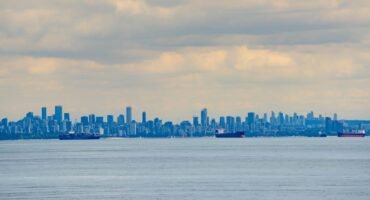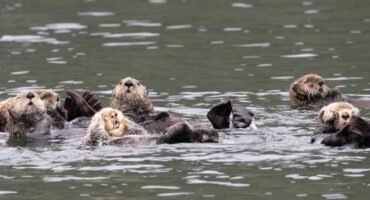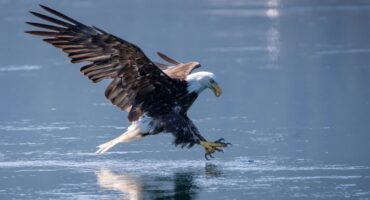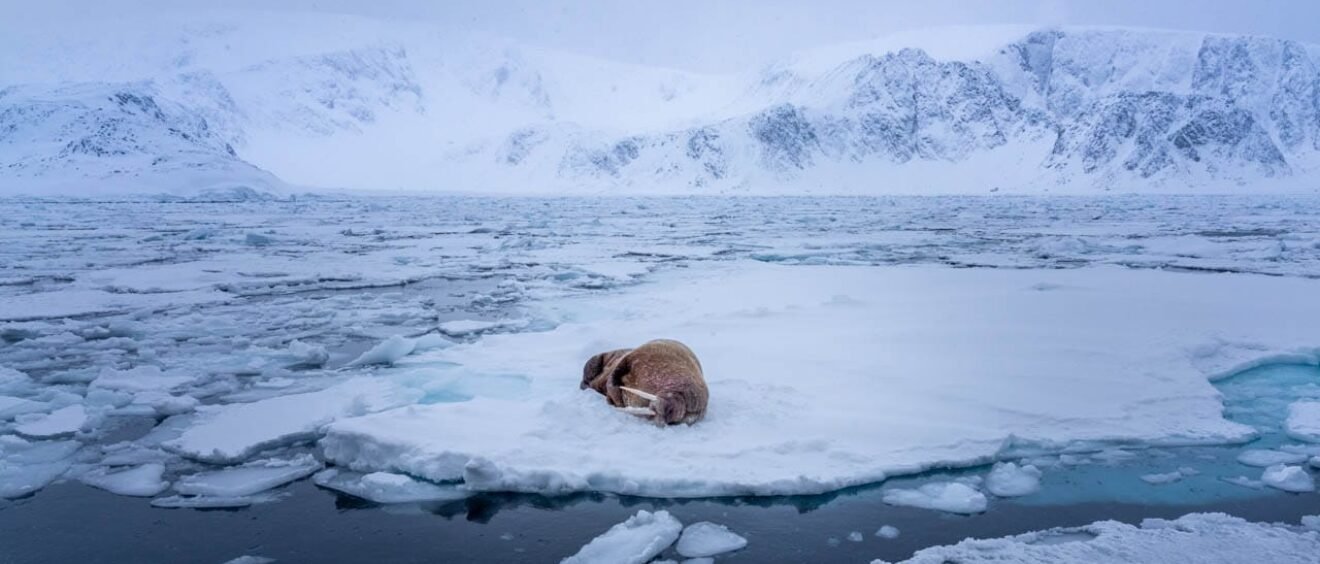
Falling in Love with the Arctic Walrus
- Svalbard Photography Expedition
- How to Get to Svalbard (and what to do once you are there)
- Svalbard Photography Tour
- A Snowmobile Trip to East Svalbard
- Svalbard Photography Expedition on the M/V Freya
- Landscapes of Svalbard
- Harp Seals in the Sea Mist
- Falling in Love with the Arctic Walrus
- The Bearded Seal - A New Favourite
- Minke Whale Surprise
- Polar Bears (a.k.a. pixel bears)
- The Birds of Svalbard
- Reflections on Our Trip to Svalbard (and Svalbard Departure Tips)
I’ve never seen a walrus before. It is risky to get your hopes up in wildlife photography, but I was REALLY hoping to capture photos of walrus on this trip. Svalbard didn’t disappoint. It is hard not to love these blubbery potatoes with tusks.
We had several memorable walrus encounters throughout the trip. One of the most magical moments was spotting a mum and calf lounging together on the ice, right in front of an epic Arctic sunset. Thick, heavy snowflakes were falling, which made photography a real challenge — autofocus was definitely struggling — but somehow the images perfectly captured the mood of the scene: peaceful, wild, and surreal.
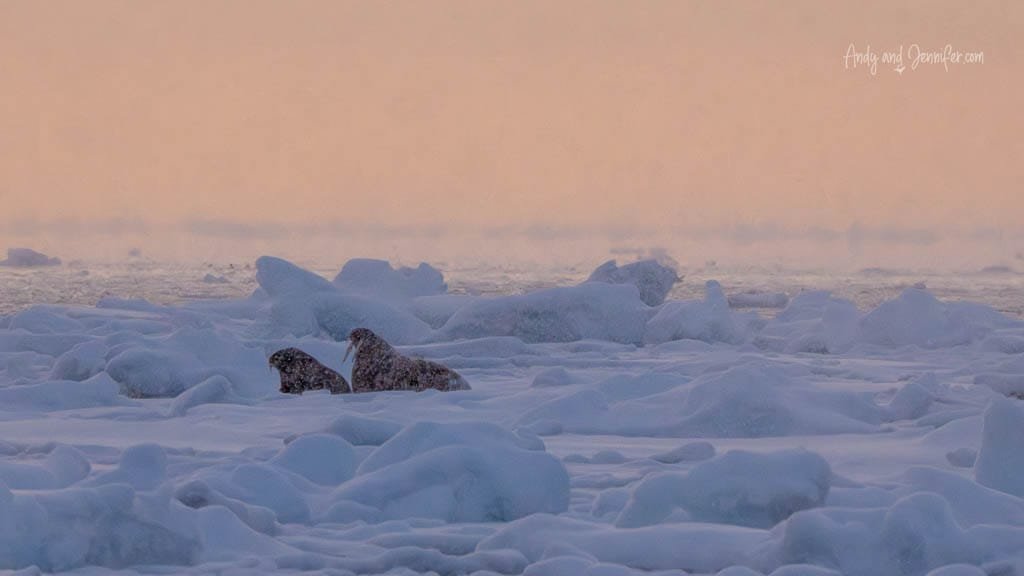
Another highlight was a massive male walrus, lazily sprawled out on the sea ice. It kept using his huge tusks to prop up his head like a sleepy giant. The thick snow kept messing with our cameras’ ability to lock focus, but luckily we still got some great photos of walrus.
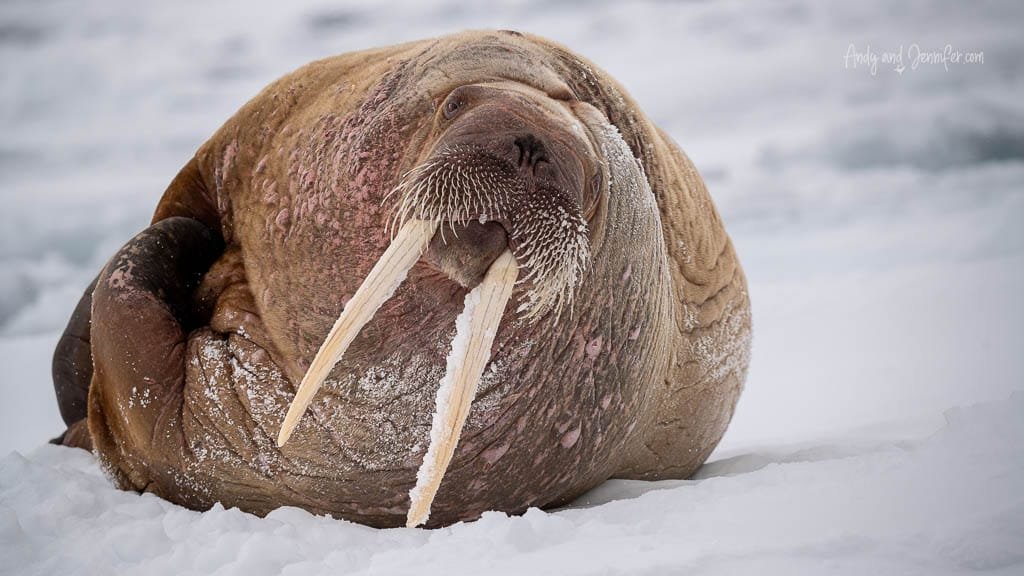
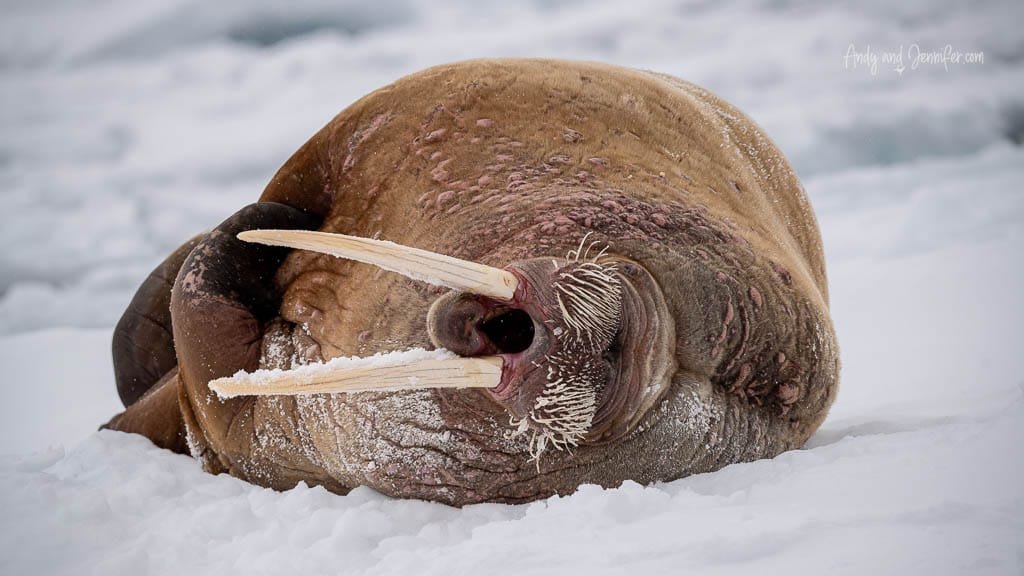
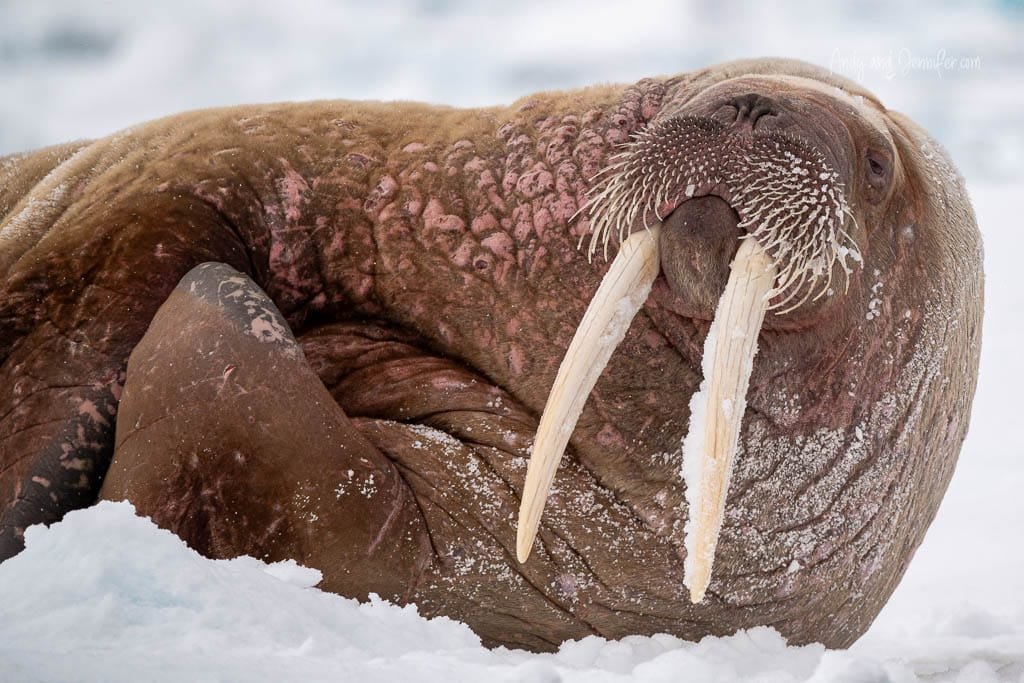
At one point, we actually had a walrus that was too close for our long lenses — not a common Arctic problem! I quickly switched to a wide-angle lens and started shooting some environmental portraits, capturing the walrus against a dramatic backdrop of ice and distant mountains.
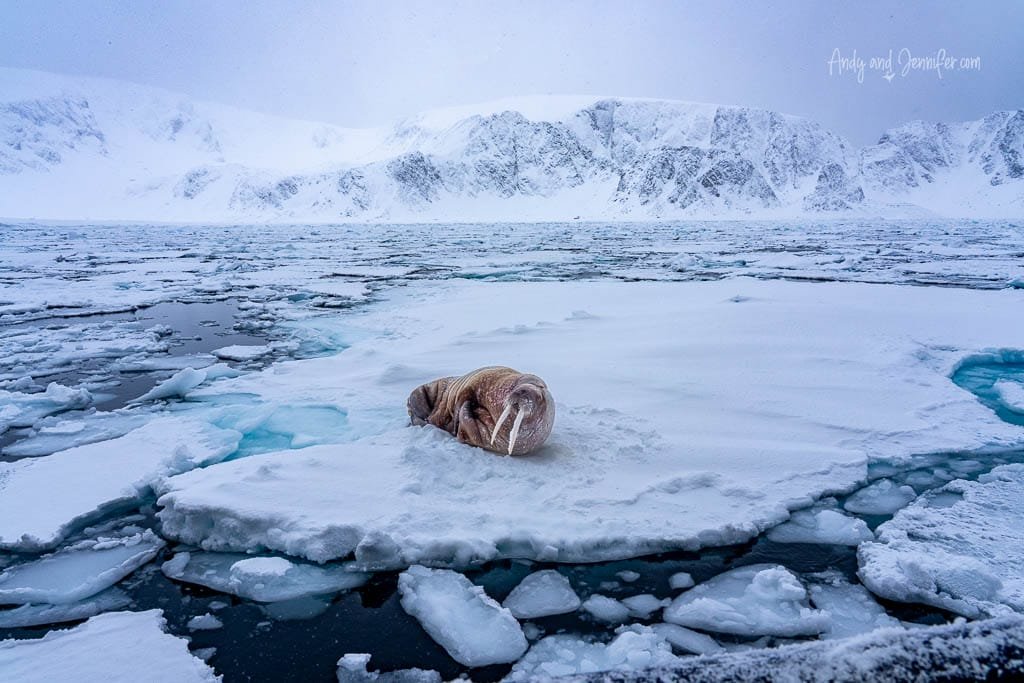
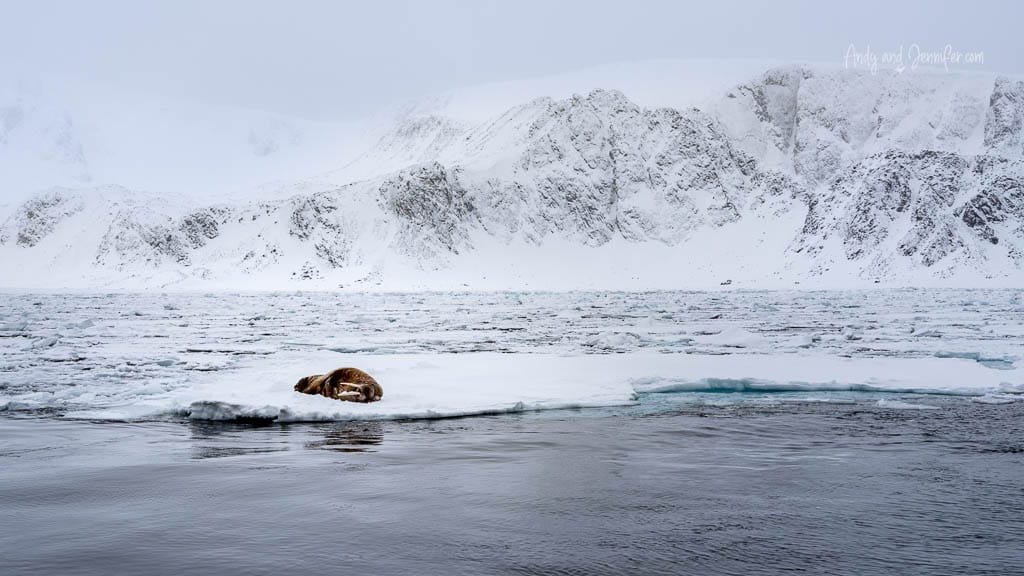
Fun Facts About Walruses:
-
Walruses use their long tusks (which can grow up to 1 meter / 3 feet) to haul themselves out of the water, defend against predators, and establish dominance within their groups.
-
Their whiskers, or vibrissae, are incredibly sensitive and help them detect clams and other prey on the seafloor.
-
They are perfectly built for Arctic life — with a thick layer of blubber (up to 15 centimeters / 6 inches thick) that keeps them warm even when lounging for hours on floating sea ice.
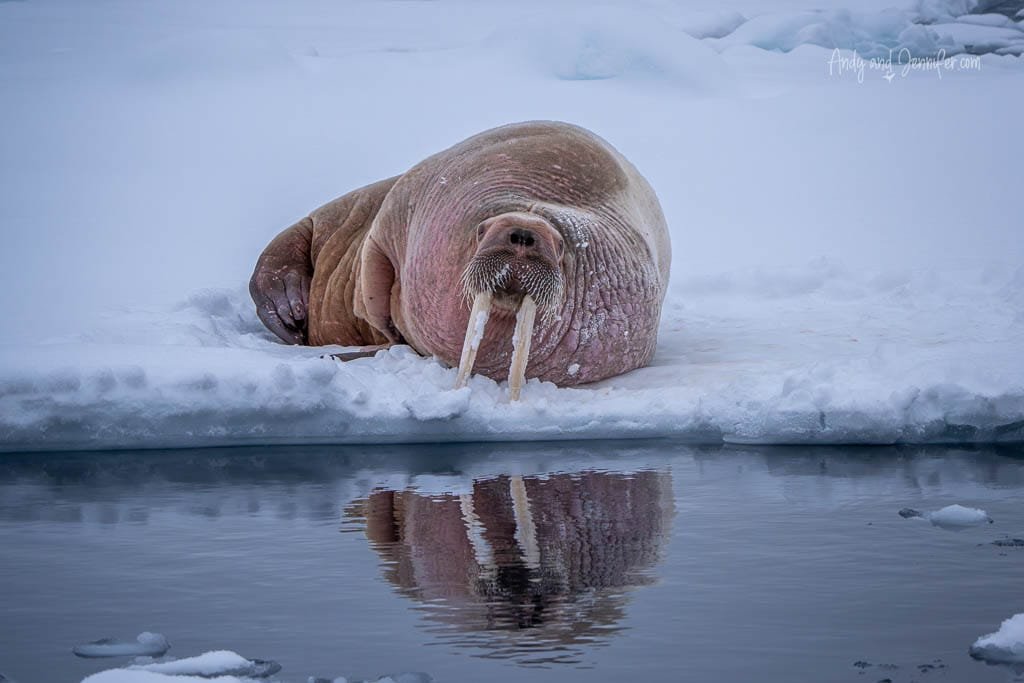
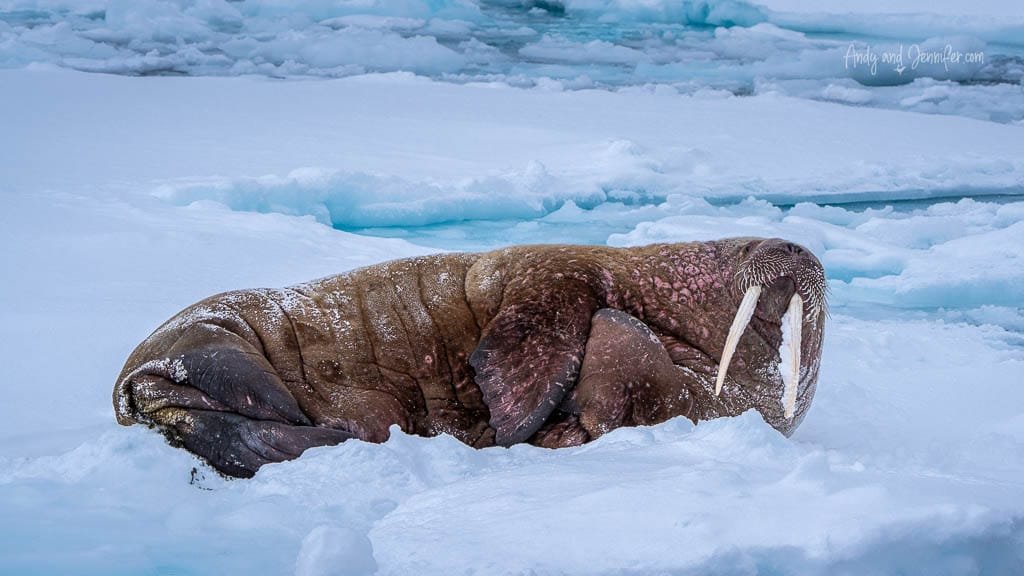
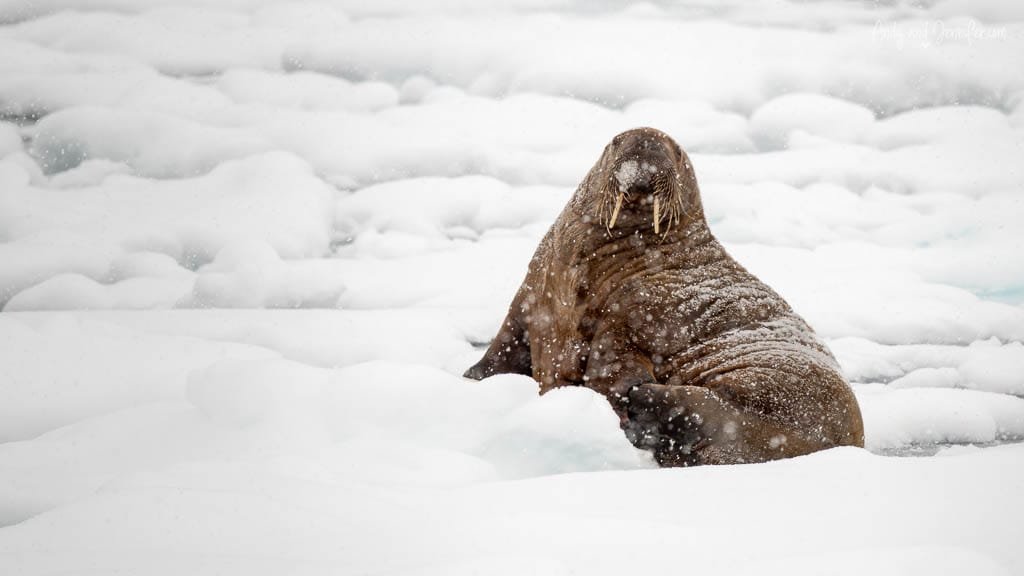
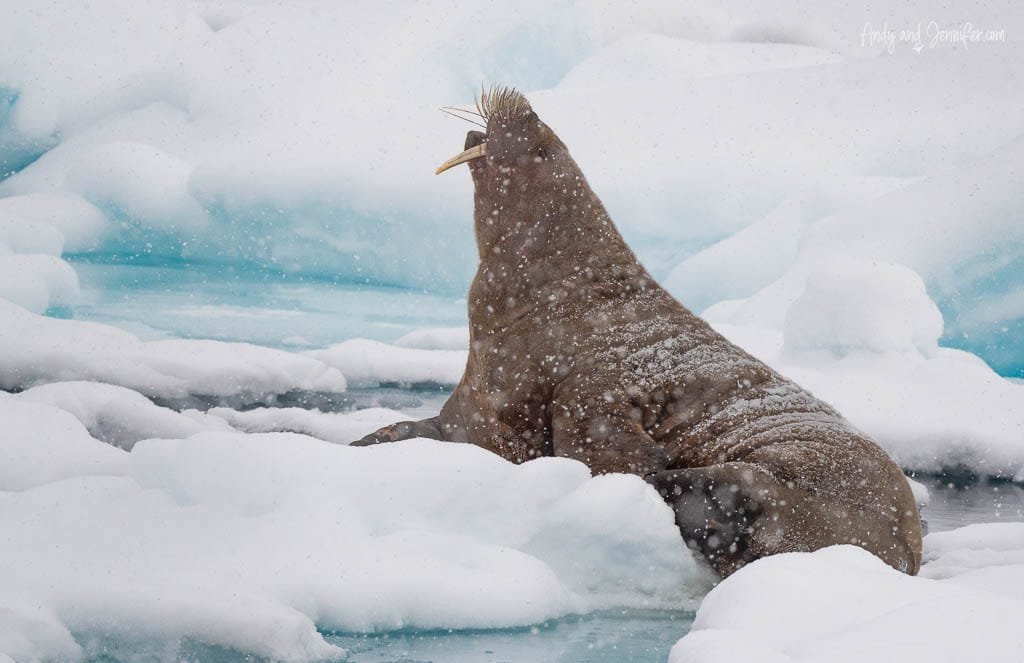
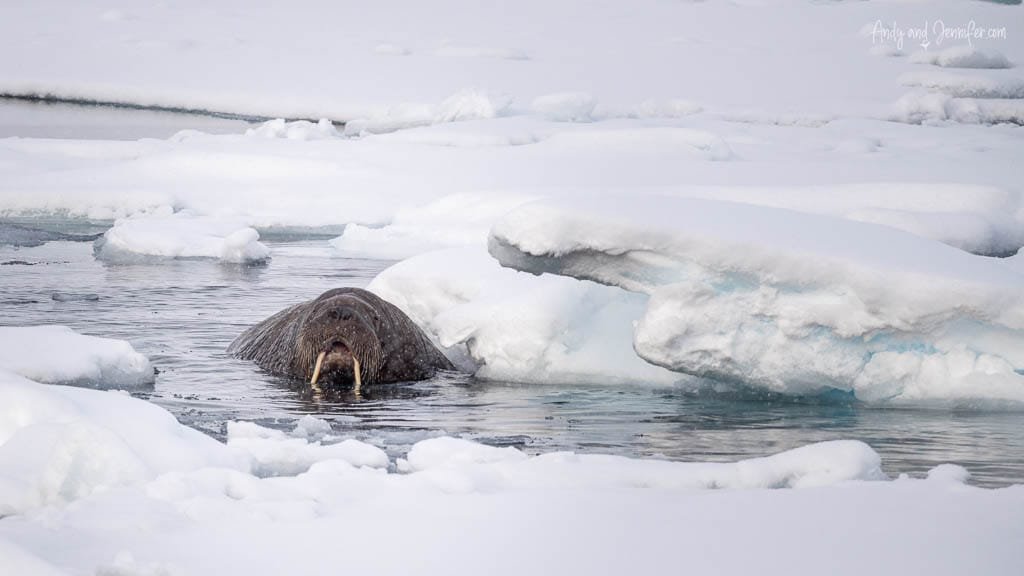
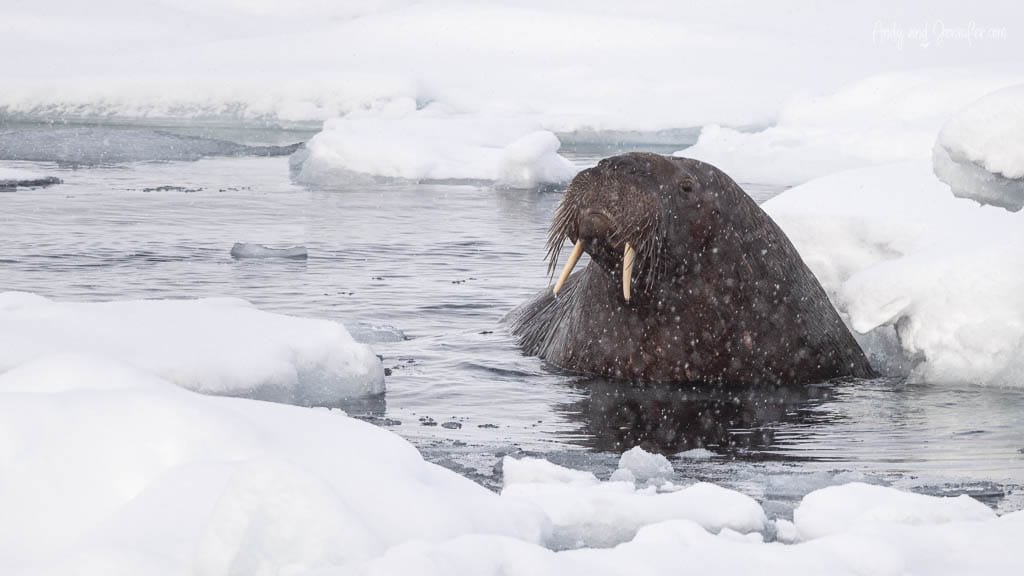
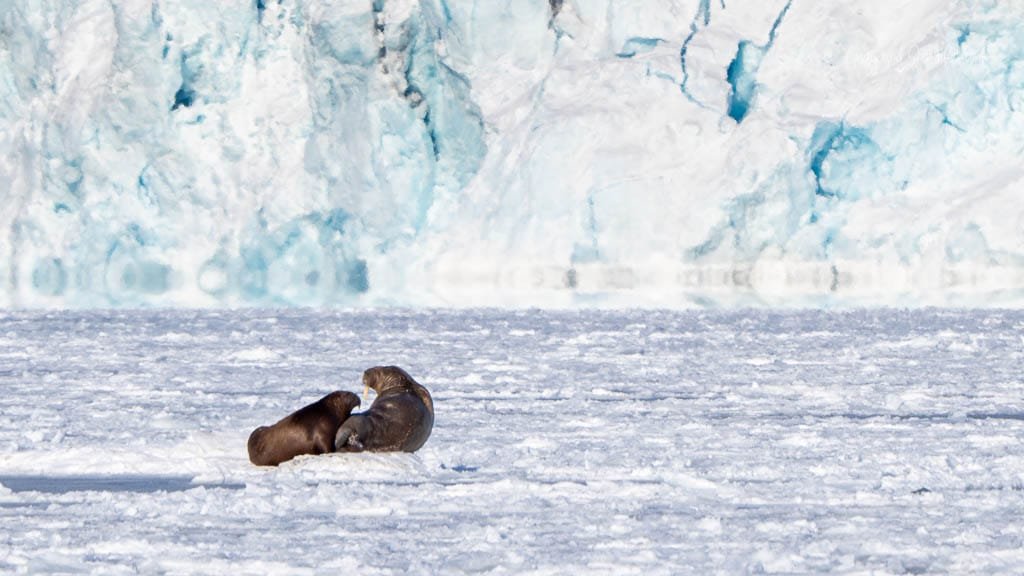
Next up – A New Favourite – Bearded Seals
We’re Andy and Jennifer—two former corporate executives who chose long ago to prioritise experiences over stuff while pursuing our passions for travel and photography. From the Arctic to Antarctica, and most places in between, we’ve captured the world through our lenses and love sharing those stories. Our careers gave us the means, but our purpose is inspiring others to explore and helping people create images they’re proud of.


